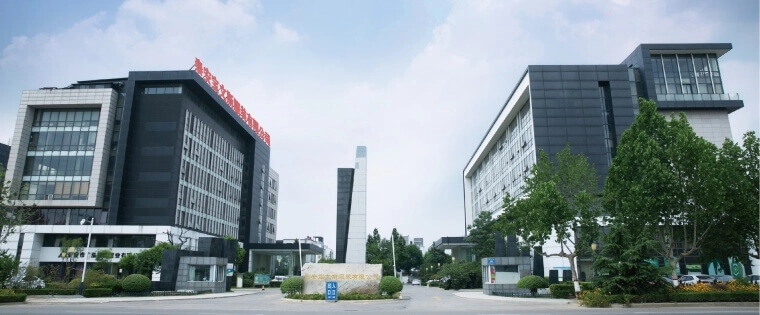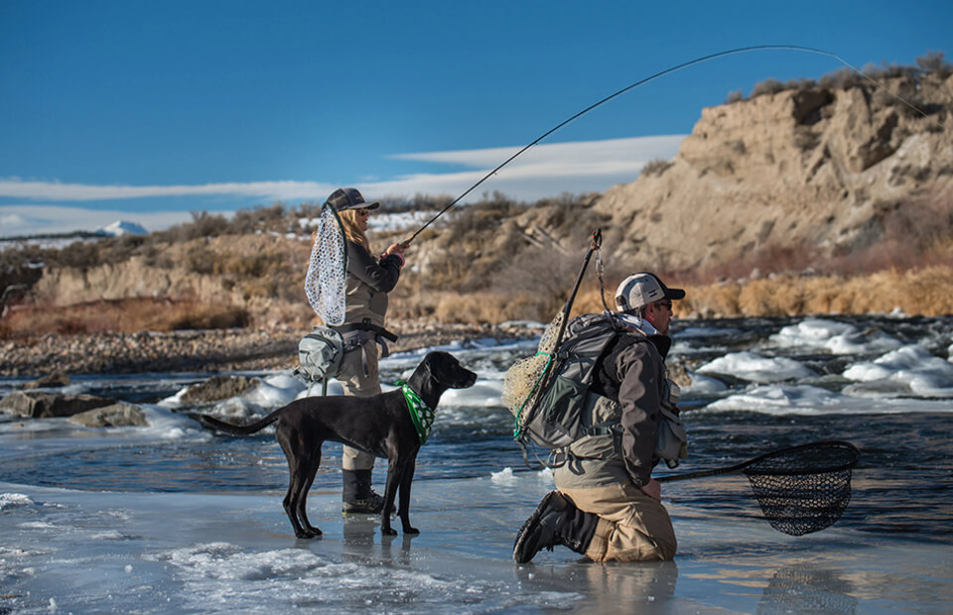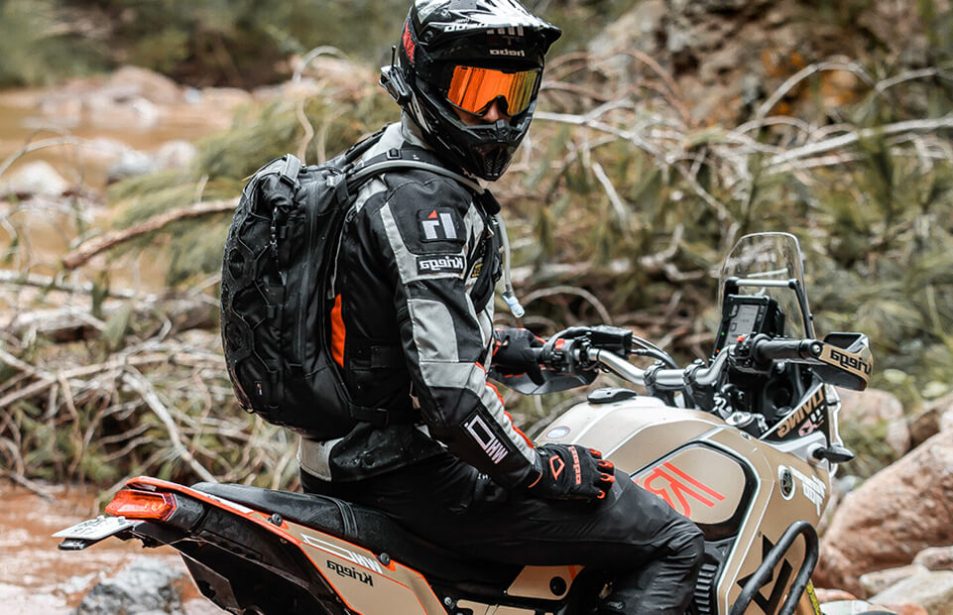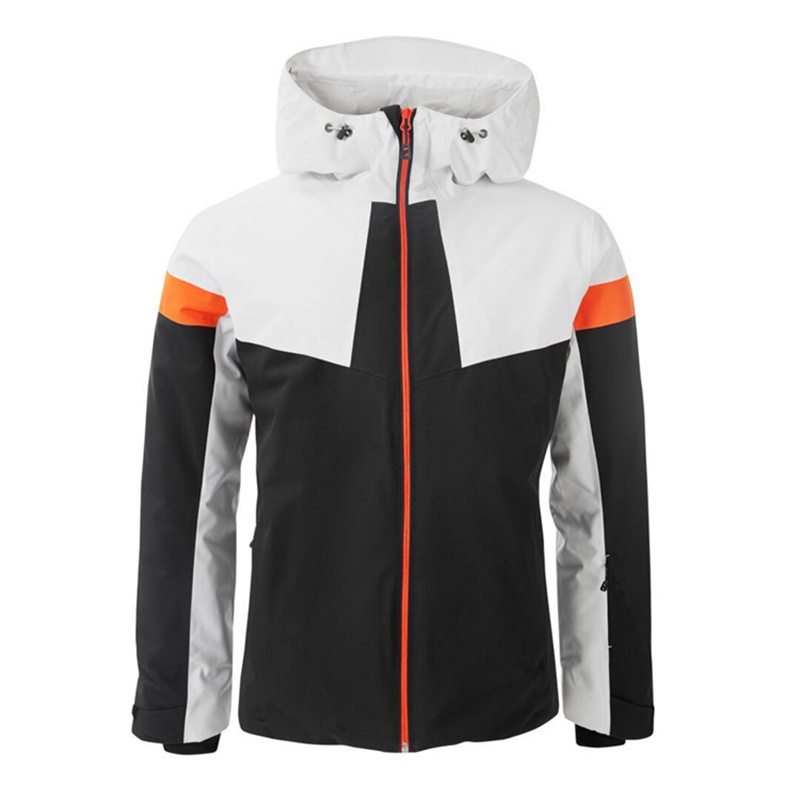Global Market Overview for Ladies Ski Jacket Engineered for Adventure
The global outdoor apparel industry has entered a period of rapid transformation, with premium winter sports products showing sustained growth. Among them, the demand for the Ladies Ski Jacket Engineered for Adventure category continues to expand across North America, Europe, and high-altitude tourism destinations. As more consumers engage in skiing, snowboarding, alpine expeditions, and winter travel, the market for technical women’s ski jackets is forecast to grow at an annual rate of 7%–9% through 2030.
International distributors report a strong shift toward high-performance materials and functional design, driven by colder winters, the rise of experiential travel, and increasing participation of women in outdoor sports. This aligns with the growing share of specialized categories such as the women’s waterproof ski jacket and the insulated ski jacket for women, both of which support performance-driven use scenarios in severe winter conditions.
Industry Trends Shaping the Technical Women’s Ski Jacket Market
Current trends emphasize durability, ergonomic tailoring, environmental responsibility, and customization options. Technical outdoor jacket for women products are increasingly made from recycled shell fabrics, low-impact insulation, and PFAS-free waterproofing treatments. At the same time, improved pattern engineering allows better body-mapped fit, ensuring that a ladies ski jacket engineered for adventure performs reliably in both recreational and professional environments.
Another notable trend is the expansion of all-terrain performance features. International buyers are seeking lightweight yet insulated constructions, adjustable ventilation systems, multi-layer waterproof membranes, and enhanced mobility panels. This directly benefits markets requiring versatile high-performance women’s snow jackets for ski resorts, outdoor schools, expedition teams, and winter travel retailers.
Technical Specifications and Functional Performance
A modern ladies ski jacket engineered for adventure is defined by its advanced thermal regulation, moisture management, and structural durability. International purchasing teams focus on measurable, testable technical parameters such as:
Waterproof and Breathability Ratings
Most premium jackets feature waterproof ratings of 10,000–20,000 mm and breathability grades of 8,000–20,000 g/m²/24h. These values support comfortable performance in heavy snowfall, wet conditions, and rapid activity changes. Long-tail keywords such as women’s waterproof ski jacket naturally integrate with this specification segment.
Insulation Performance
Depending on target markets, insulation may use synthetic thermal fibers, down-alternative materials, or hybrid fill. Buyers in colder climates prioritize panels with body-mapped insulation to optimize warmth without compromising mobility.
Wind Resistance and Heat Retention
High-density shell fabrics, storm flaps, seam-sealed construction, and adjustable cuffs collectively enhance heat retention while preventing cold air penetration.
Mobility Engineering
Articulated sleeves, stretch panels, ergonomic pattern layouts, and reinforced shoulder areas support extended range of motion for skiing, climbing, and snowboarding.
Product Structure and Component Breakdown
The structural composition of a ladies ski jacket engineered for adventure typically includes a multi-layer technical shell, insulated core, internal lining system, reinforced seams, and performance-oriented accessories. The outer shell often uses high-tenacity polyester or nylon with a waterproof membrane laminated to the interior. The insulation layer varies by application: lightweight synthetic padding for dynamic sports or thicker layers for extreme cold environments.
Additional features such as detachable hoods, powder skirts, ventilation zippers, adjustable hem systems, and specialized pockets (goggles, ski pass, media) ensure real-world usability. Buyers also evaluate zipper quality, reflective trims, and hardware corrosion resistance, especially for markets with prolonged exposure to snow and moisture.
Manufacturing Process and Quality Control
Producing a high-performance women’s snow jacket requires precise engineering and multi-stage quality assurance. Key steps include cutting automated shell fabrics, laser-guided seam sealing, automated insulation quilting, and 3D shaping of ergonomic zones. Skilled technicians assemble each panel using reinforced stitching to withstand heavy outdoor activity.
Quality control procedures typically include waterproof pressure testing, seam strength evaluation, insulation loft testing, temperature retention assessment, and real-environment simulation. Many international buyers require compliance with EU environmental guidelines, ISO textile standards, and durability certifications to match their regional product regulations.
Applications and Usage Scenarios
The ladies ski jacket engineered for adventure serves a diverse range of applications. Primary buyers include ski resorts, sports retail chains, expedition organizations, winter tourism operators, and outdoor apparel distributors. High-altitude markets prioritize ultra-durable insulated ski jacket for women models, while coastal winter destinations often prefer lightweight all-weather versions.
Retailers focusing on adventure travel also demand versatile designs that transition between skiing, hiking, and daily winter wear. Custom ladies ski apparel manufacturing offers flexible options in sizing, fabric combinations, colors, and logo placement, meeting global expectations for private label and OEM distribution.
International Buyer Preferences and Pain Points
Global procurement teams consistently prioritize performance reliability, fabric durability, advanced weather protection, and competitive pricing. Many buyers request customized material thickness, membrane grade, and insulation levels based on their regional climate. For example, Northern Europe selects heavier thermal jackets, while the Asia-Pacific market may prefer lightweight waterproof constructions.
Common pain points include insufficient lab test data, variability in seam-sealing quality, inaccurate sizing charts, and limited support for OEM customization. Buyers also emphasize the need for consistent colorfastness, fabric stability after washing, and durability of zippers and trims in freezing temperatures.
Conclusion and Call-to-Action
The global shift toward performance-engineered winter apparel makes the ladies ski jacket engineered for adventure a key category for long-term market growth. With advanced materials, ergonomic structure, and durability-focused manufacturing, suppliers who provide strong technical documentation and customization support are better positioned for international expansion.
For detailed specifications, fabric data sheets, customization options, or sample evaluation, international buyers are invited to contact us to request quotations and full technical packages.
Frequently Asked Questions (FAQ)
1. Can the jacket be customized for private label production?
Yes. Fabric selection, insulation type, color palette, hardware, and packaging can all be customized for OEM orders.
2. What waterproof rating is recommended for alpine skiing?
Most buyers recommend 15,000–20,000 mm waterproofing for high-altitude ski conditions.
3. Do you offer multiple insulation options?
We provide synthetic, eco-fill, hybrid, and lightweight insulation solutions depending on buyer requirements.
4. Are size grading and fit customization available for different markets?
Yes. We support regional fit adjustments, including EU, US, and Asia-specific sizing systems.
![Ladies Ski Jacket Ladies Ski Jacket]()
![Ladies Ski Jacket Ladies Ski Jacket]()
Features:
Waterproof,breathable
Suitable for cold weather skiing sports and other winter sports
Breathability rating10,000g/m²/24hours
Waterproof rating 10,000mm H2o
Waterproof zipper pockets
YKK or SBS zippers
Cuff ,Hood and hem are adjusted by velcro or elastic string
3-way adjusted hood comfortable
3M Thinsulate padding inside
















